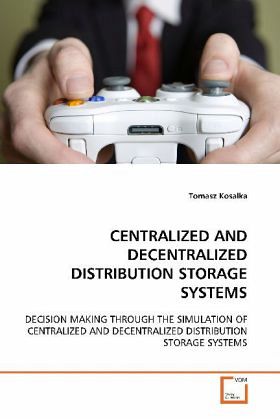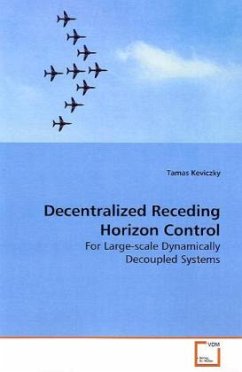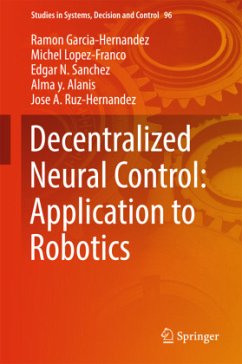
CENTRALIZED AND DECENTRALIZED DISTRIBUTION STORAGE SYSTEMS
DECISION MAKING THROUGH THE SIMULATION OF CENTRALIZED AND DECENTRALIZED DISTRIBUTION STORAGE SYSTEMS
Versandkostenfrei!
Versandfertig in 6-10 Tagen
45,99 €
inkl. MwSt.

PAYBACK Punkte
23 °P sammeln!
The design of a Supply Chain network has a greatimpact on a company s performance. Simulationmodeling and optimization techniques were selected toanalyze and solve supply chain and distributionstorage problems.The techniques were applied to a decision makingprocess of reconfiguring an existing distributionstorage system, and modifying it from centralized toa decentralized one. This research presented amethodology for identifying data needs, building ananalytical database, creating simulation models withArena software, optimizing the models with OptQuestsoftware, and performing sensitivity anal...
The design of a Supply Chain network has a great
impact on a company s performance. Simulation
modeling and optimization techniques were selected to
analyze and solve supply chain and distribution
storage problems.
The techniques were applied to a decision making
process of reconfiguring an existing distribution
storage system, and modifying it from centralized to
a decentralized one. This research presented a
methodology for identifying data needs, building an
analytical database, creating simulation models with
Arena software, optimizing the models with OptQuest
software, and performing sensitivity analysis.
As a result of applying this methodology, it was
found that the centralized distribution storage
system allows the company to operate at a lower cost
(savings from 11.03% to 19.09%) while providing
customers with better service. The sensitivity
analysis proved that savings are affected by
transportation cost, demand volume, and the time at
which products need to be available for delivery.
Simulation/optimization approach was found to be
effective and allowed for the creation of a
methodology that can be repeated for similar types of
problems.
impact on a company s performance. Simulation
modeling and optimization techniques were selected to
analyze and solve supply chain and distribution
storage problems.
The techniques were applied to a decision making
process of reconfiguring an existing distribution
storage system, and modifying it from centralized to
a decentralized one. This research presented a
methodology for identifying data needs, building an
analytical database, creating simulation models with
Arena software, optimizing the models with OptQuest
software, and performing sensitivity analysis.
As a result of applying this methodology, it was
found that the centralized distribution storage
system allows the company to operate at a lower cost
(savings from 11.03% to 19.09%) while providing
customers with better service. The sensitivity
analysis proved that savings are affected by
transportation cost, demand volume, and the time at
which products need to be available for delivery.
Simulation/optimization approach was found to be
effective and allowed for the creation of a
methodology that can be repeated for similar types of
problems.












